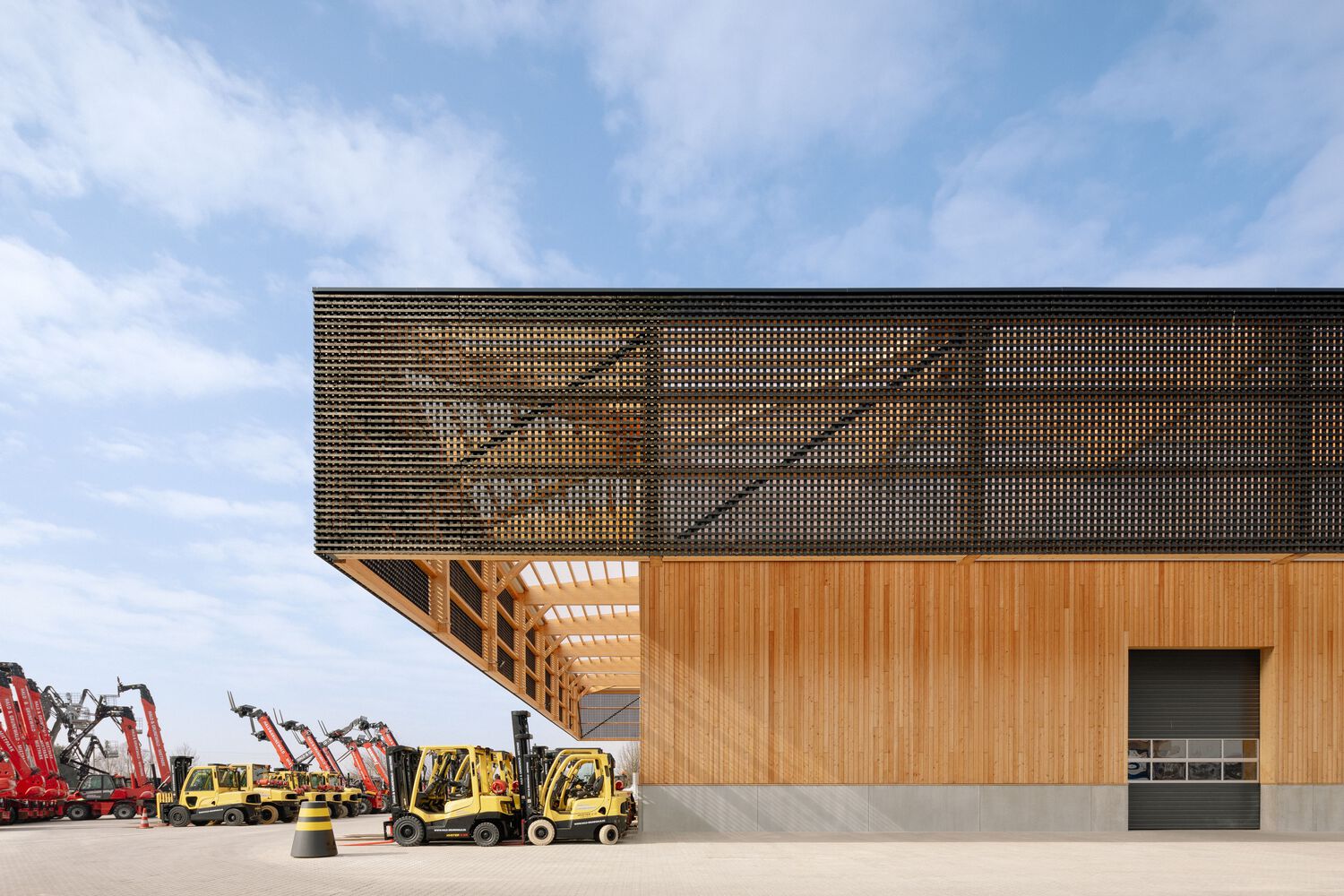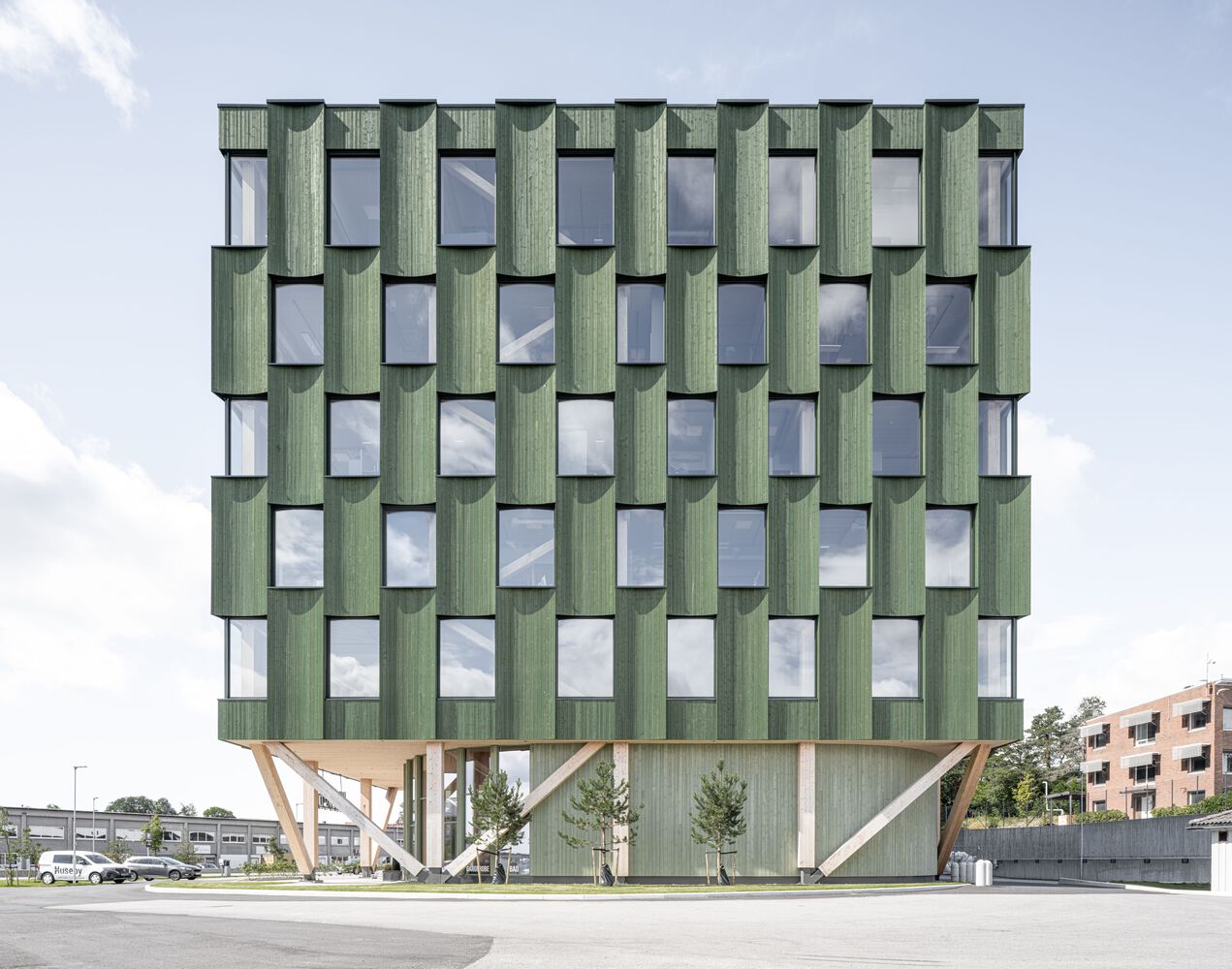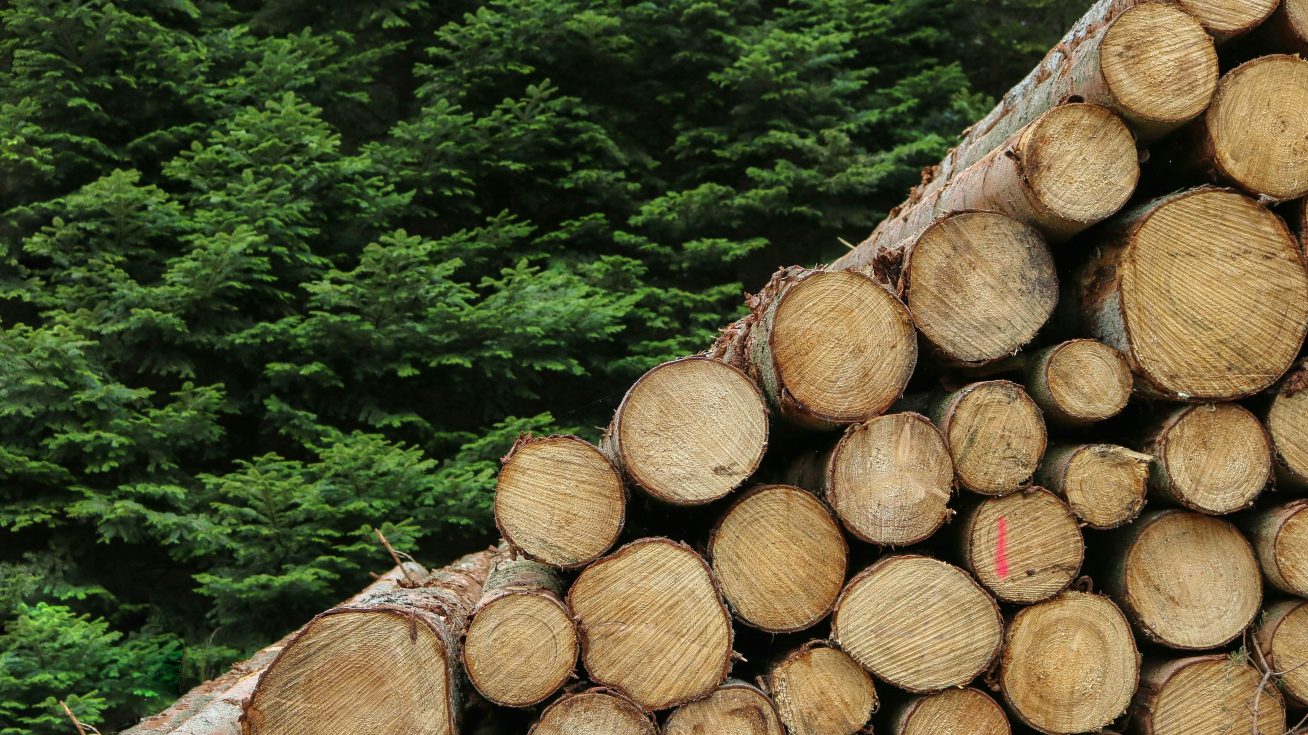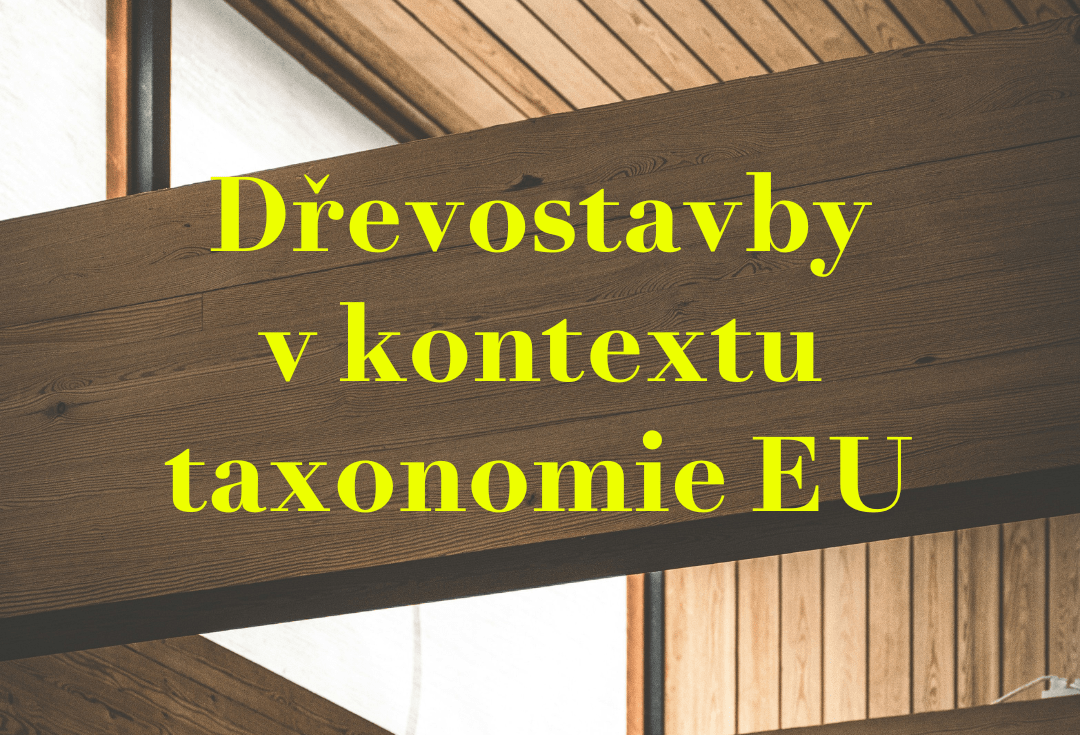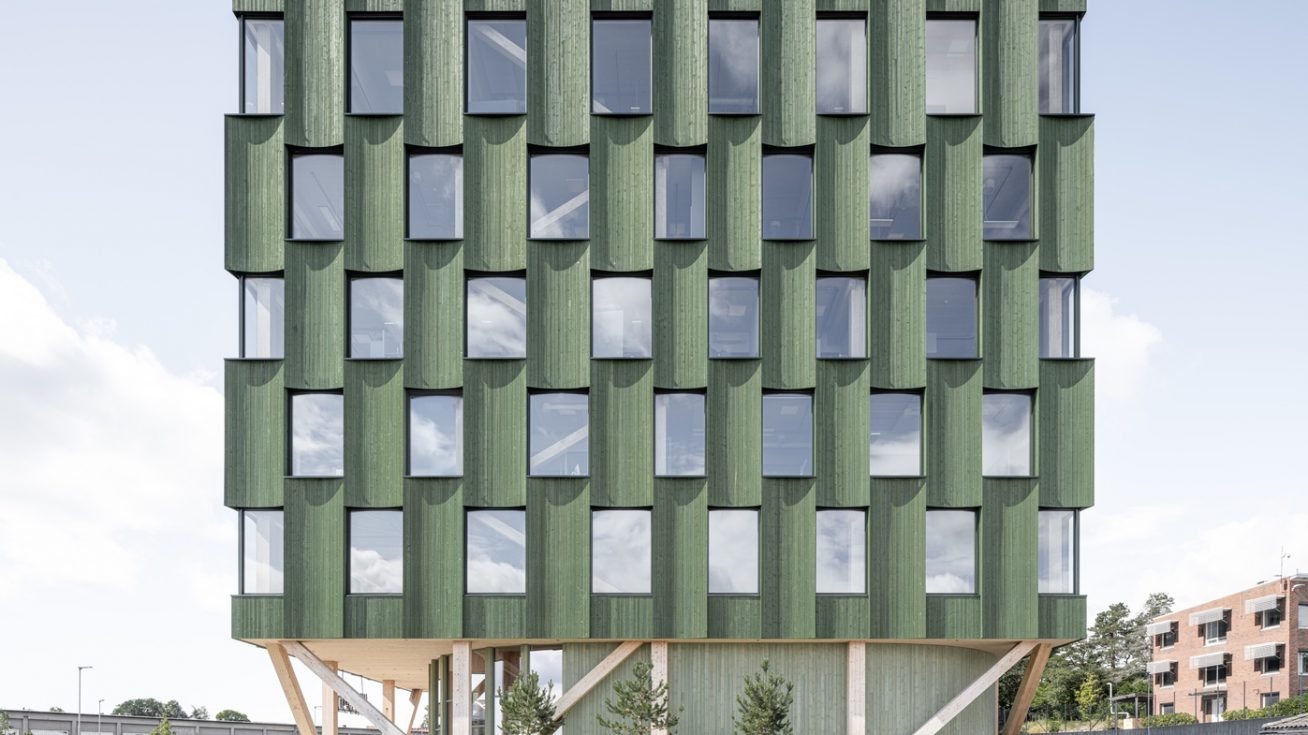
The 5 most common myths around wooden buildings
Despite the enormous development of timber buildings in recent years, there are still many myths associated with the properties of timber structures. We decided to set the record straight on the five most common myths surrounding wooden buildings.
Short lifetime
Expert sources agree that timber buildings have the same service life as buildings constructed with other materials (brick, concrete, stone). It always depends on the quality of the construction and the technical care (humidity, temperature). With proper handling, there is no risk of fungi or insects attacking the wood. Historic wooden buildings, such as the Japanese temple, are proof of their durability. Horyu-ji dates back to the beginning of the 7th century. century. One of the oldest wooden buildings not only in the Czech Republic but also in the whole Central European region is the Church of Our Lady in Broumov from the second half of the 15th century. century.
Flammability
Timber buildings have to meet strict fire standards like all other buildings, so they are not at a higher risk in terms of fire resistance. In addition, one of the characteristics of timber structures is that in the event of a fire the whole structure does not catch fire, but only burning off its surfaces at a speed of approx. 7 mm/min. Subsequently, a charcoal layer forms on the surface, which prevents further burning, or slows it down significantly – under this charcoal layer with a thickness of 25-30 mm, the temperature of the wood remains around 25°C, which ensures much greater structural stability compared to, for example, steel. Another great advantage of timber buildings is the possibility of relatively accurate prediction of how the structure will behave in time during a fire.
Price
In the case of timber houses, of which about 17% are built annually in our country, the financial savings are relatively easy to quantify (as demonstrated, for example, bydetailed comparison type houses made of wood and brick). Savings are achieved mainly through prefabrication of the wooden building. It takes only one day to complete the rough construction on the land. When it comes to multi-storey wooden buildings, comparisons are difficult as they always depend on the specific construction system and a number of other variables. In Switzerland, recent research led by Thomas Rohner has shown that for large contracts over €10 million, the costs are similar for timber buildings and conventional structures.
Comfort
As pointed out in our
interview
Tomáš Nemrava, another myth related to wooden buildings concerns worse indoor comfort. In old wooden houses (e.g. timber-framed houses), cracking and other noises often occur. However, modern and well-crafted wooden buildings do not have these problems. There may also be no inferior acoustic comfort. According to Nemrava, it is possible to achieve an attenuation of up to 15 decibels compared to acoustic bricks (with the same wall thickness).
Deforestation
We conclude with the 5 most common myths about wooden buildings by asking about deforestation. On this issue, it depends on the responsibility of the forest management of a particular country. Europe has a stable forest regeneration – only 62 % of the annual increment of wood mass is being cut down in Europe. Even if the production of wooden buildings increases rapidly, the deforestation will not occur. As far as the Czech Republic is concerned, according to the Ministry of Agriculture, we have enough timber for the entire timber industry for at least the next 30 years, in
annual wood growth
per hectare, we are sixth in Europe.



